The Unified Silla Kingdom
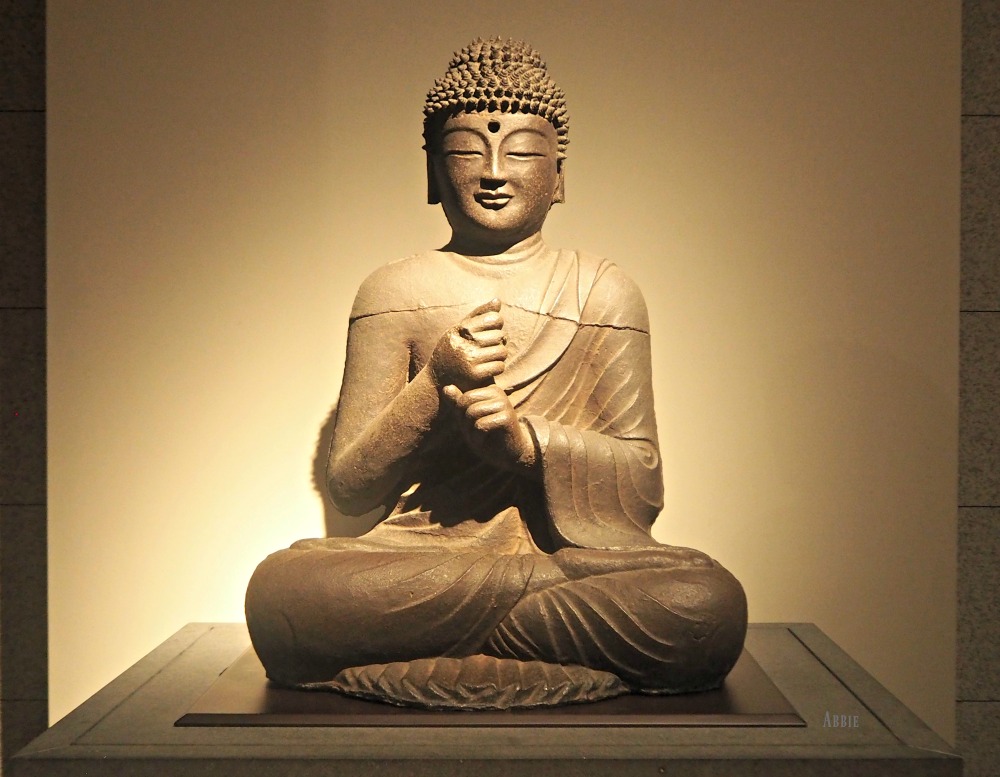 Iron Vairocana Buddha created during the Unified Silla Kingdom (National Museum of Korea, Seoul)
Iron Vairocana Buddha created during the Unified Silla Kingdom (National Museum of Korea, Seoul)Unified Silla Kingdom
Unified Silla Dynasty (668-- 935) is the dynasty that unified the three kingdoms of the Korean peninsula-Silla, Paekche, and Goguryeo. The old Silla kingdom allied with T'ang China (618-- 907), which eventually subdued the Baekje (Paekche) Kingdom to the southeast in 660 and the northern Goguryeo (Koguryŏ) Kingdom in 668.
But, before the unification of the three kingdoms (by King Munmu)...
It was during the Silla dynasty, which was one of the earliest of the nation-states to emerge and developed numerous cultural, linguistic, and geographic aspects, many of which we can still observe today.
Further, the Silla Dynasty flourished and produced some of the most exquisite art and architecture that never been seen yet in ancient Korea. In the 10th century, the dynasty period fell to the resurgent northern kingdom--Goryeo--that ruled until 1392 CE.
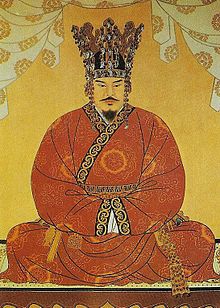 King Munmu
King MunmuThe Unification
The Three Kingdoms era extended from the 1st
century BCE to the late 7th century CE. The three kingdoms include the
Baekje (Paekche), Goguryeo (Koguryo), and Silla, and the Gaya (Kaya)
confederation.
In the 660s CE, with military assistance from the
Tangs, the Silla Kingdom was successful in weakening the problematic
southern kingdoms eventually after a long period of battles.
Progress
The
brand-new state, referred to as the Unified Silla Kingdom, to identify
it from its smaller sized predecessor the Silla Kingdom, governed all of
Korea as far north as the Daedong River. Their northern neighbor was
the unfriendly Balhae (Parhae) kingdom in Manchuria, which was formed by outcasts from the Goguryeo Kingdom and members of the semi-nomadic Malgal people.
The
Silla kings were now controlled by the Kim clan with just a handful of
kings originating from other noble relatives. To merge the nation
politically, ruling aristocrats from the fallen kingdoms were forcibly
moved to where they were less most likely to stir up schism.
To ensure commitment, specific members of these noble families were required to regularly report at Geumseong (formerly called Seorabol and today as Gyeongju), still the capital city.
Those people considered too threatening to the state and prisoners of war were forced to keep the estates of the upper class, such as in manufacturing workshops, or on federal government building projects. Some sources say that each aristocrat had at least 3,000 slave workers and servants.
The whole Unified Silla Kingdom was divided into nine provinces (three in each of the old three kingdoms) and five secondary capitals. Each region was composed of 117 prefectures (geun), each of which was divided into 293 counties (hyon), with each one being composed of different villages and hamlets (chon).
Gyeongju remarkably developed in this period. It was characterized in the Samguk yusa collection of texts as having an astonishing 35 palaces, streets, districts, and thousands of houses. That description would accommodate a total population of around 900,000.
One palace was built on the coast of a constructed lake while another had watercourses running through it so that floating white wine cups could be drifted directly to visitors.
There were even palaces and gardens, particularly for each of the four seasons with exotic plants and animals. New temples were built while some were expanded, such as the enormous Bulguksa Temple.
The Kingdom prospered due to the flourishing farming industry, which became more efficient through better irrigation work, and trade via the East China Sea.
Architecture, sculpture, metalwork, mathematics, and astronomy, especially excelled during this period. History became an essential research study. And it was at this period that improvements were made in woodblock printing.
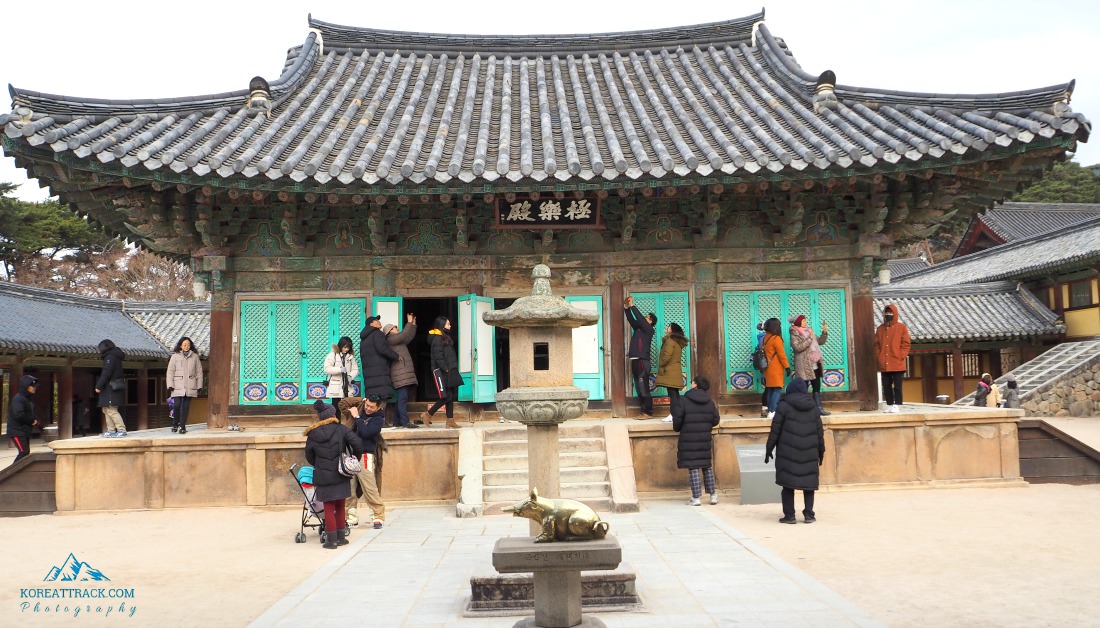 One of the main halls of Bulguksa Temple site in Gyeongju City
One of the main halls of Bulguksa Temple site in Gyeongju CityRelations with China
Despite the Silla kingdom's rejection to become another Chinese province, diplomatic relationship with China was not soured. The young Korean state turned into a reliable ally. The influence of Chinese thinking and culture continued to be significant, as it had been throughout the previous Three Kingdoms period.
Both Confucianism and Buddhism remained a fundamental part of the Silla education system. The latter continued the primary religious belief and practiced by all.
The most prominent of all Buddhist scholar-monks belongs to this era, Wonhyo, who popularized the faith in the 7th century CE. Confucianism got more influential in the Unified Silla with a National Confucian Academy developed in 682 CE and an assessment for state administrators presented in 788 CE.
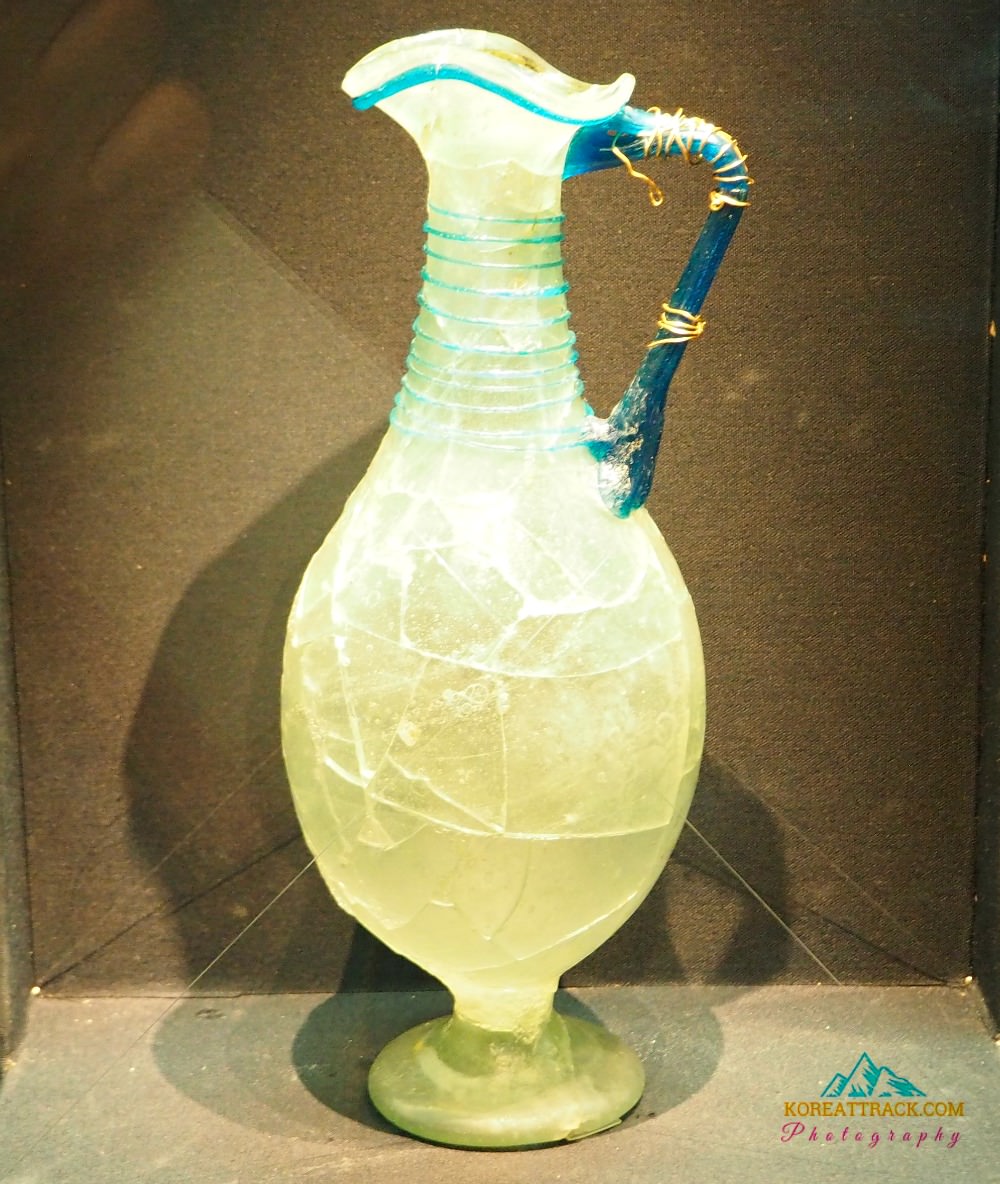 Gyeongju glass jar from the East that entered Korea during the Unified Silla Kingdom period.
Gyeongju glass jar from the East that entered Korea during the Unified Silla Kingdom period.There was a flourishing trade around the two states, too, with the most
elegant Chinese goods, such as silk, books, Chinese tea, and art being
imported. Domestically, Korea exported metals (e.g., gold and silver),
ginseng, hemp products, produced goods, horses, and sent out trainees
and scholars to China.
There were even Silla governed trading
locations in Chinese territory. Korea's trade with Japan also
strengthened, specifically during the Nara and Heian periods.
Arab
merchants, who brought spices, clothing, and jewelry, were another
point of contact with the outside world. Finally, glass found inroad
into Korea, including Roman, Sasanian, and Syrian vessels vouching for a
prospering trade network throughout the period.
Silla Art
The visual arts of the Unified Silla era reflected the foreign style of T'ang realism, but without its eroticism. Silla arts idealized naturalism highlighted flowing lines and soft contours. Vibrant decorative tiles featured lotus blooms and intricate floral patterns.
Metalwork continued to be a great Silla art. Its finest can be seen in the gold crowns from different tombs (such as the Cheonmacheong Tomb).
Furthermore, the Unified Silla Kingdom developed its skills in creating huge bronze-cast bells. These bells became significant symbols and part of their religious services, such as calling believers to pray and even to signal or alert people of the incoming enemies.
The most significant example is from Bongdeoksa, likewise known as the Emille Bell. The bell was molded in 771 CE to honor King Seongdeok of his great deeds to his people.
Another popular art type was a bronze-cast sculpture, particularly Buddhist figures, which were gilded and refined. You can still see these figures are museums, such as at Gyeongju National Museum and National Museum of Korea.
Unified Silla pottery shows a sign of Buddhist culture. The cremation practice required the manufacture of urns for ashes, and Buddhist themes prevail in stamped decor such as lotus flowers and clouds.
Later on, pieces of potteries were decorated with denser decoration. This addition to the product led to the development of the later celadon ceramics of the Goryeo period.
 Water vessels made during the Goryeo Dynasty (Yonsei University Museum)
Water vessels made during the Goryeo Dynasty (Yonsei University Museum)One can see at some royals tombs the pottery figures and designs, which include animals, servants, and warriors, among other items produced during the unified kingdoms.
Other enduring examples of Unified Silla artistry come from various items. Such items included stone lanterns, roofing tiles with gargoyles to ward off evil spirits, floor tiles embellished with lotus petals, and calligraphy.
One of the notable scholars includes Kim Saeng. Also, you can see the stonework of the Hwaom sutra at the Hwaeomsa Temple in Jeollanamdo Province.
Unified Silla Kingdom Architecture
In terms of Silla architecture, one can see the palaces of Gyeongju had their gardens and ponds. However, unfortunately, all that remained are ornamental floor tiles of the buildings.
A few of the enduring structures at the capital are the two stone pagodas-- the Dabotap and Seokgatap-- which both date to the 8th century CE, generally 751 CE.
These stone pagodas are Korea's unique contribution to Buddhist architecture. These two pagodas were originally part of the spectacular 8th century CE Bulguksa Temple, which now stands only a portion of its original size.
Among the exceptional stone structures from the Unified Silla Kingdom period is the Buddhist Seokguram Grotto temple east of Gyeongju.
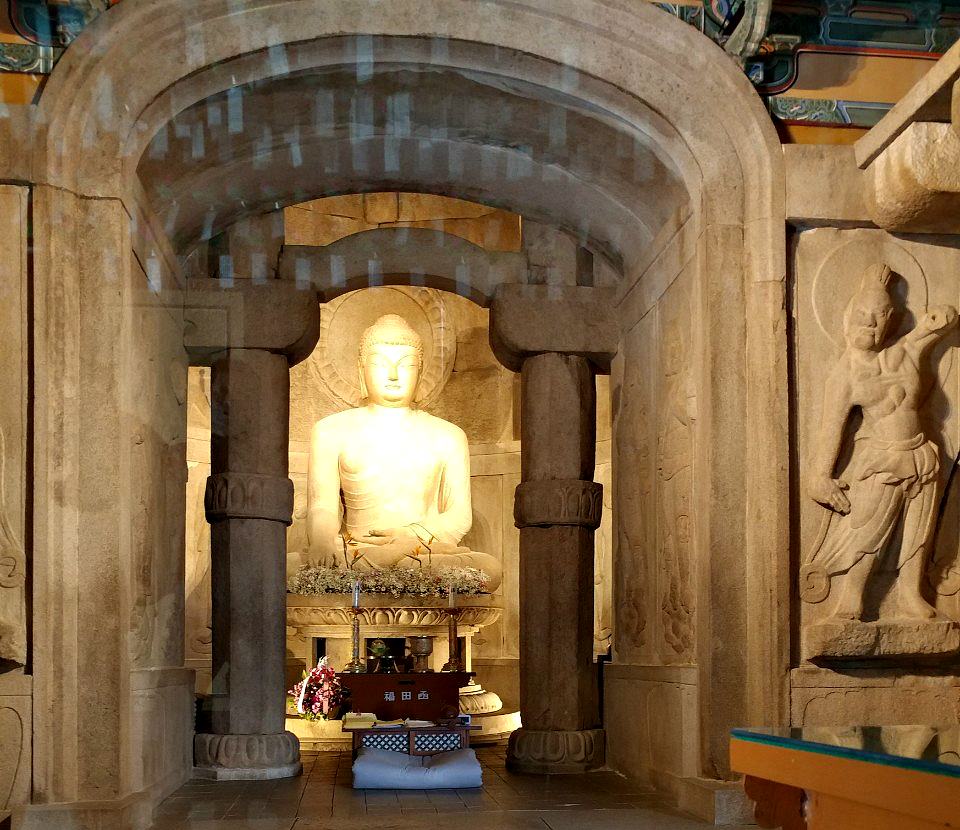 Seokguram Grotto and the sitting Buddha statue in Gyeongju built during the Unified Silla Kingdom period.
Seokguram Grotto and the sitting Buddha statue in Gyeongju built during the Unified Silla Kingdom period.Built between 751 and 774 CE, Seokguram Grotto houses a circular domed inner chamber that contains a 3.45-meter-high seated stone, Buddha. The walls are decorated with 41 big figure-sculptures of bodhisattvas and disciples.
From the 7th century CE onward, the Unified Silla Kingdom's tombs got more like the earlier tombs of the Goguryeo and Baekje having a horizontal entryway and a smaller earth mound on top.
Two best examples are the tombs of Kim Yu-sin (7th century CE) and King Wonseong (8th century CE) at Bongdeoksa. The most popular stupa is that of Toyun, creator of the Saja-san sect, at the Ssanbongsa temple at Hwasun. The oldest one was constructed in 790 CE to commemorate Monk Yomgo's religious achievements.
Downturn of the Kingdom
After more than 100 years of peace and prosperity, the Unified Silla Kingdom started to decline in the 9th century due to conflicts among the upper classes and by peasant uprisings. In 935, the Silla was toppled, and the new Goryeo Dynasty emerged.
The state began a slow decline from the 8th century CE, mainly due to the rigidness of its class structure. That rigidity was based upon the rank system, the strict social distinction of privileges and obligations dictated by one's birth.
The family-status based system continued as in the old Silla kingdom. The system controlled the functions of the aristocracy and state administration.
Not just did the lack of opportunity to rise above the class of one's birth that created stagnation of innovations and ideas; the aristocracy began to resent the power of the king.
The other side of the social spectrum, which was the proletariat, they also started to become resentful of the increasing taxes imposed upon them. Local landed aristocrats (songju) turned harsher towards their servant workers. The state was falling apart from within it.
Two individuals would trigger a particular problem for the Silla royals. One Gyeon Hwon, who became a peasant leader, took advantage of the political discontent in 892 CE. He formed a group of the old Baekje Kingdom in the south-west part of the peninsula.
Another leader, an aristocratic-Buddhist monk, Gung Ye, proclaimed a brand-new Goguryeo state in the north in 901 CE, known as Later Goguryeo.
The last Unified Silla Kingdom ruler, Gyeongsun, surrendered in 935 CE and left Wang Kon to merge the nation once again. Under a new name, the Goryeo Dynasty ruled Korea from 918 CE to 1392 CE.
The Goryeo Dynasty was followed by the last dynasty -- Joseon Dynasty (1392-1910) that was founded by the military commander Yi Seong-gye. Gyeongju, being the traditional capital, was moved to Seoul (formerly Hanyang) by Yi Seong-gye.
- Home
- Historical Attractions
- Unified Silla Kingdom
Get Exciting Activities
Book one of our exciting activities today to experience the thrill of a lifetime! Take advantage of this opportunity and secure your spot in advance.
Hotel Map Guide
Find your affordable, accessible, and comfortable hotel in Seoul at Agoda.Com. See the hotel map below...
Hotel Booking Guide
Find affordable and amazing hotels on Agoda.com using the search box below. Book now to enjoy great discounts and save!
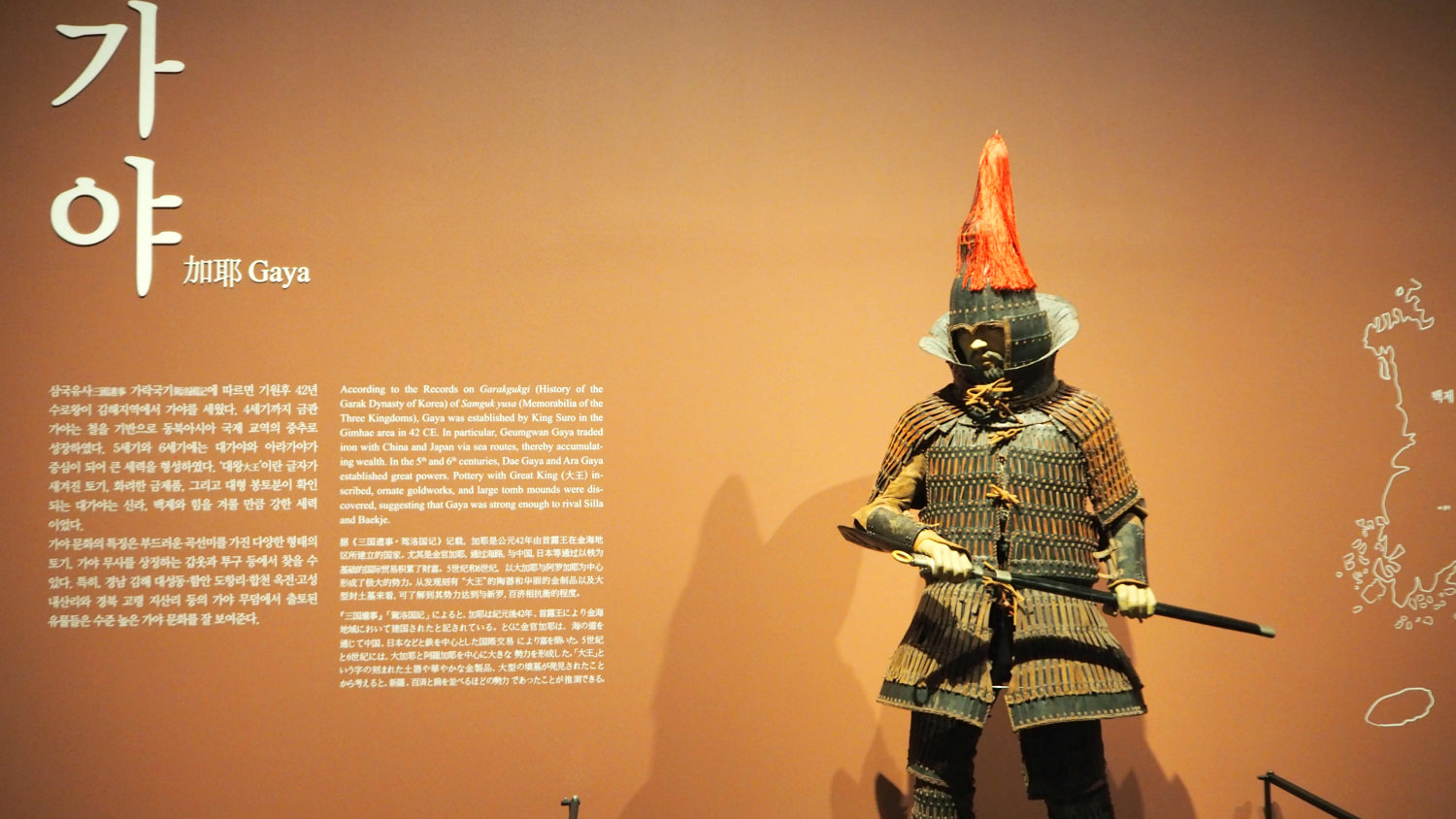
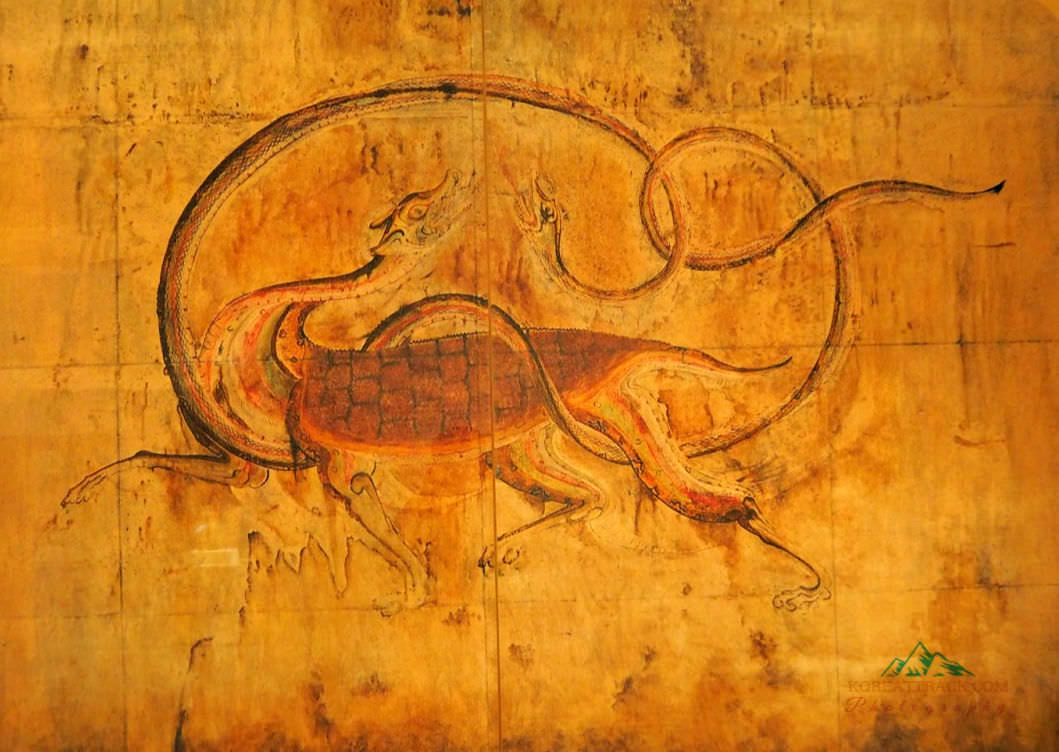
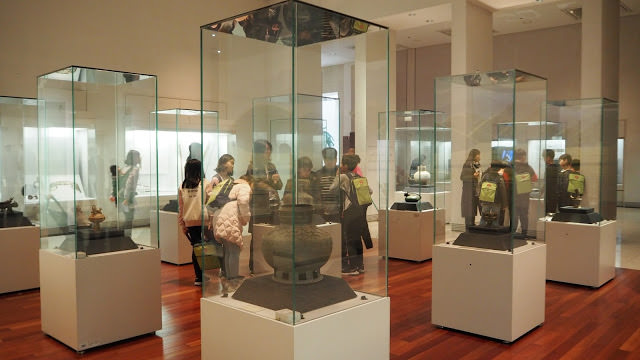
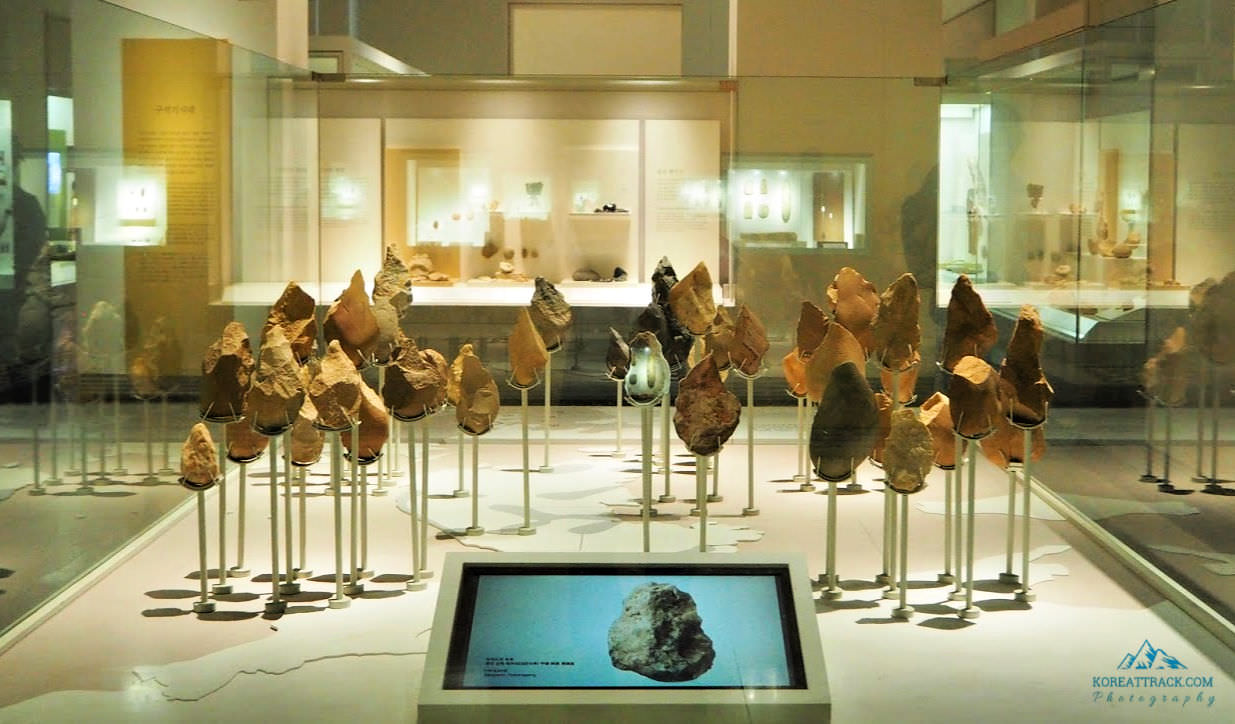




New! Comments
What do you think about this page? Leave me a comment in the box below.